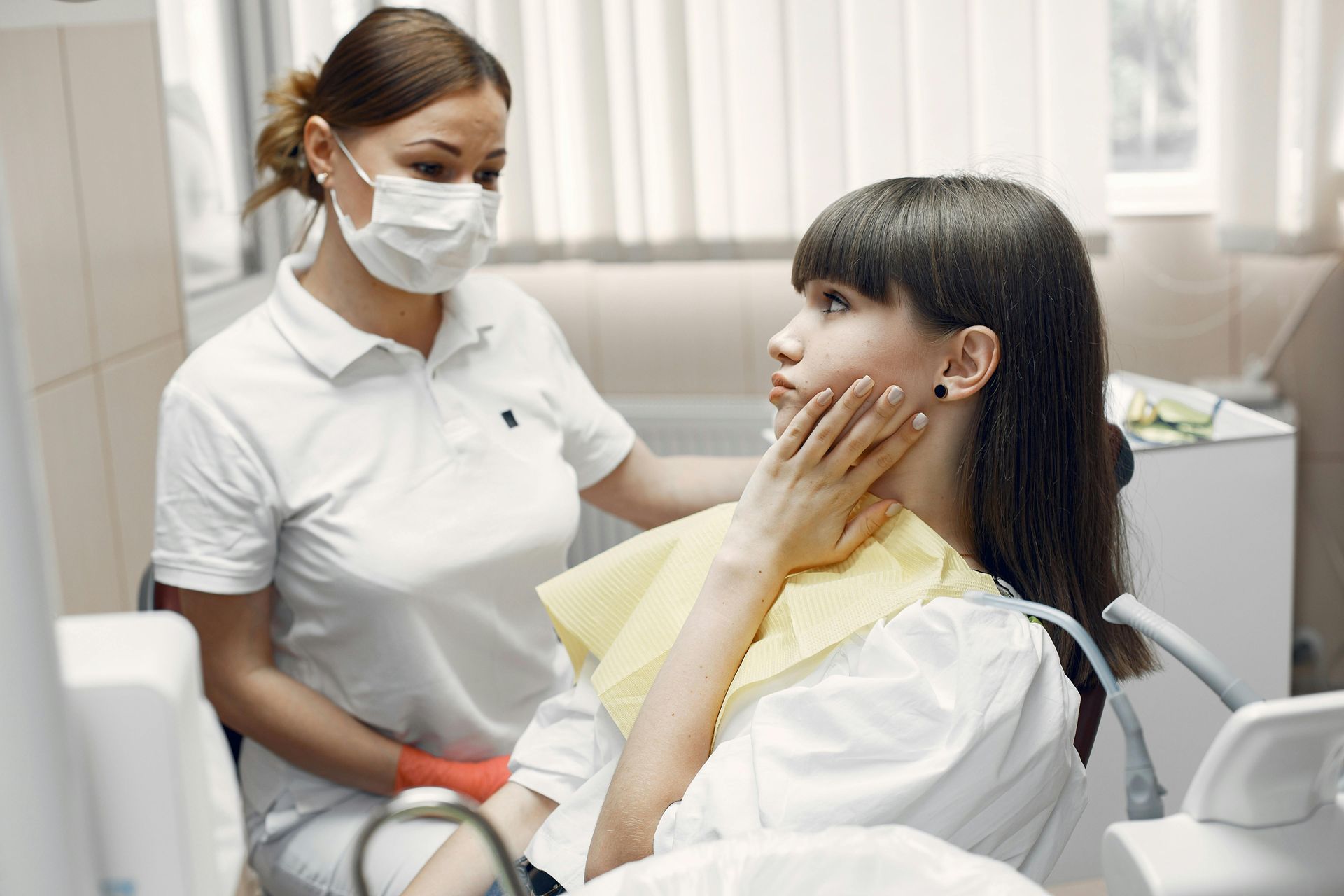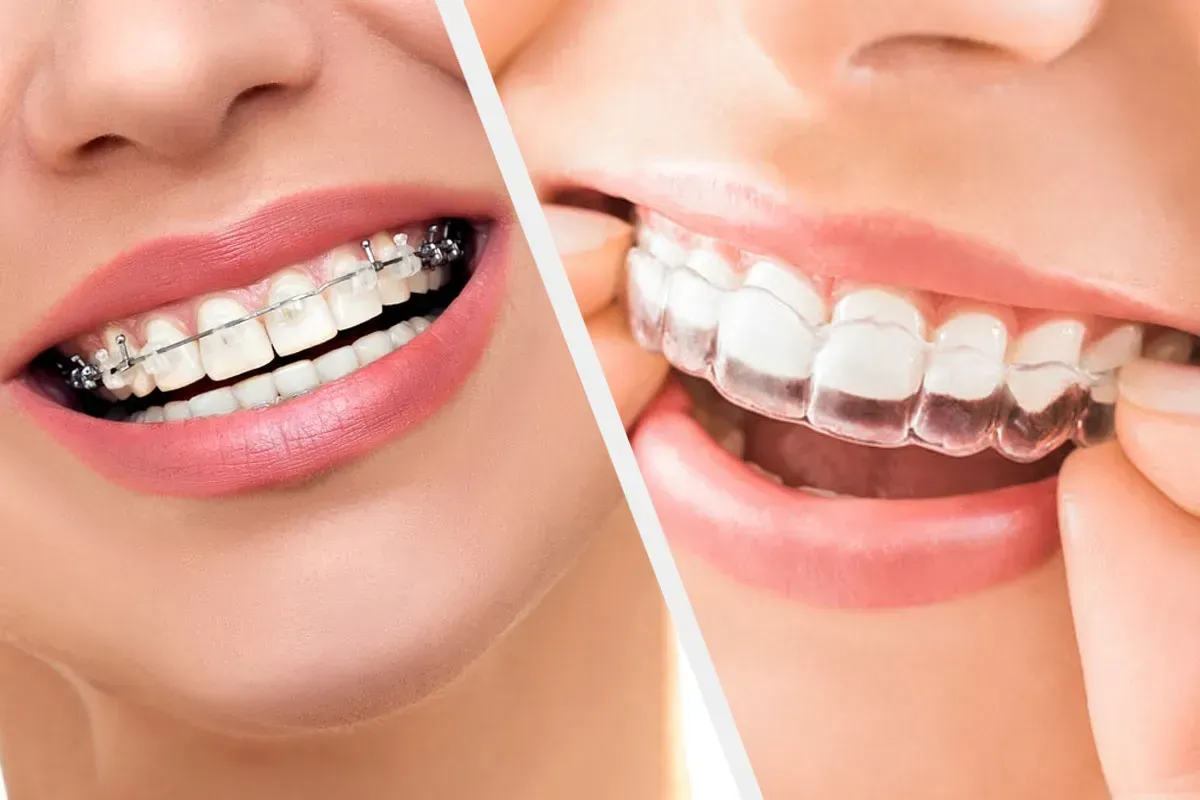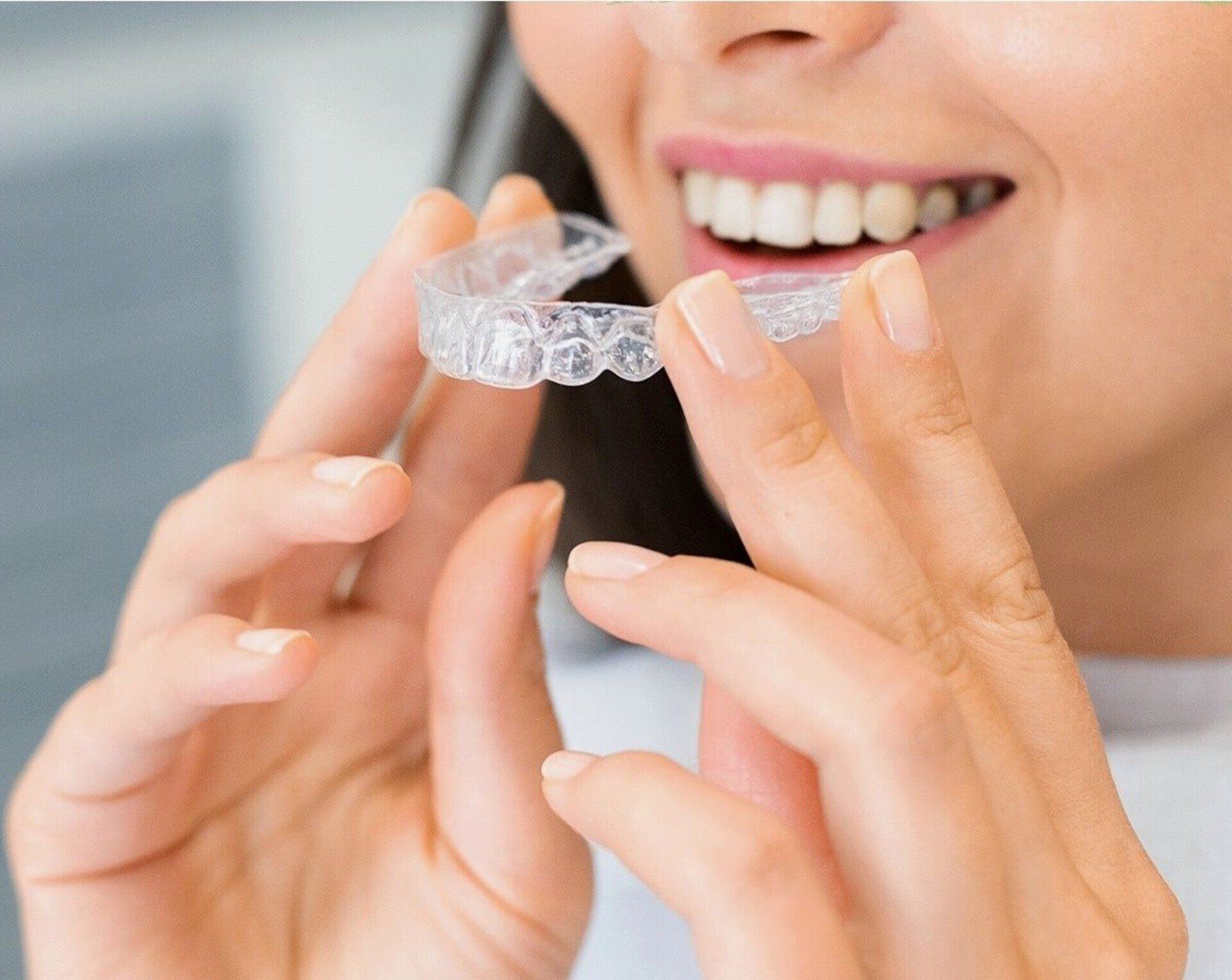Mastering Your At-Home Dental Care: Expert Recommendations
Understanding the Importance of Oral Hygiene
A steadfast oral care routine is imperative for a healthy mouth and body, serving as the front line of defense against tooth decay and gum disease. Begin by brushing with a soft-bristled toothbrush twice daily for 2-3 minutes. This practice is fundamental in removing food particles that foster oral bacteria responsible for bad breath and periodontal disease.
Equally important is regular flossing, which dislodges debris an electric toothbrush may miss, safeguarding your gums healthy. Integrating a healthy diet low in sugary foods and drinks further fortifies your teeth against the pernicious effects of acidic foods, thus preventing enamel erosion.
Moreover, semiannual professional cleanings are not a luxury but a necessity. They remove tenacious plaque, contributing to a healthy smile. Remember, poor oral hygiene extends beyond loose teeth—it's linked to systemic conditions ranging from heart disease to Alzheimer's. Opting for fluoride toothpaste can reinforce tooth enamel and diminish the risk of cavities, keeping your teeth clean and mouth healthy.
Adhering to a diligent oral care regimen not only ensures dental health but also impacts your overall well-being, reinforcing the significance of maintaining a daily routine to keep your smile gleaming and your health in check.
Brushing Teeth Twice Daily
Ensuring that your teeth are clean and your gums healthy starts with the cornerstone of your dental care routine: brushing teeth twice daily. This fundamental practice is not just about maintaining a fresh breath; it's an essential step in preventing tooth decay and gingivitis. Plaque, a sticky film of harmful bacteria, constantly forms on your teeth. Brushing with fluoride toothpaste twice a day helps to remove this plaque and bacteria, effectively reducing the risk of dental issues.
Research supports the idea that brushing your teeth twice daily significantly lowers the chances of developing tooth decay, gingival recession, and the more severe periodontitis when compared to brushing less frequently. To maximize the benefits of brushing, it is recommended to spend at least two minutes during each brush session, with focused care in each mouth quadrant for 30 seconds to ensure even coverage. This frequent attention to your teeth maintains oral hygiene by minimizing the prescene of bacteria and plaque buildup, key culprits behind cavities and gum disease.
Choosing the Right Toothbrush
Maintaining a healthy smile starts with selecting the right tool for the job – your toothbrush. Good oral care routine begins with the basics, and choosing the right toothbrush is paramount for keeping your teeth clean and gums healthy.
Adults are recommended to use a toothbrush with a small- to medium-sized brush head, featuring soft to medium, multi-tufted, round-ended nylon bristles. This design ensures effective cleaning while being gentle on teeth and gums, thus preventing potential damage. Conversely, hard-bristled brushes can lead to gum recession and wear down the protective tooth enamel.
For children, a smaller toothbrush with similar soft- to medium-bristled filaments is essential for their delicate oral structures. This caters to their smaller mouths and ensures a comfortable, yet thorough, clean.
Electric toothbrushes present a popular alternative, favored for their vibrating motion, which helps to dislodge plaque without the need for vigorous scrubbing associated with manual brushing. Dental professionals often recommend electric toothbrushes as they can be more effective for certain patients.
It is worth noting that toothbrushes are not everlasting. Replacing your toothbrush every two to three months, or sooner if the bristles are frayed, is critical to maintain optimal dental cleaning efficacy. A fresh brush means a fresh start for a healthy mouth.
Using Fluoride Toothpaste
Fluoride toothpaste is the defensive shield your teeth need, providing a layer of protection against tooth decay. It strengthens tooth enamel and has the unique ability to fight harmful germs. The optimal fluoride concentration for children up to three years of age is at least 1000ppm, with just a smear of toothpaste necessary. For children over three, a pea-sized amount is sufficient, with toothpaste containing fluoride levels of 1350ppm to 1500ppm.
Fluoride's role extends beyond merely combating decay. It forms a protective barrier for the teeth, offering long-term benefits. While there have been concerns about fluoride use, its importance in oral health is well-founded and supported by its effectiveness in reducing the incidence of dental caries, making it a valuable component of your oral hygiene regimen.
Benefits of Fluoride:
- Fluoride combats tooth decay by fighting germs.
- It offers a protective barrier for your teeth against oral bacteria.
- Strengthening tooth enamel, it helps maintain teeth clean and mouth healthy.
Proper Brushing Technique
To achieve the best results from brushing, correct technique is paramount. Hold your toothbrush at a 45-degree angle to the gums, and use gentle, short, tooth-wide strokes or small circular motions. This method is gentle on the gums and effective at plaque removal. Ensuring that you brush for 2-4 minutes also guarantees a comprehensive clean, addressing each surface of your teeth—top, front, and back—along with your tongue to eliminate bacteria that can cause bad breath.
Start your brushing at the back of the mouth, as the molars and premolars often get overlooked due to their position. These teeth can be more susceptible to cavities since they are harder to reach and clean. It's also important to replace your toothbrush every three to four months to maintain its efficacy in cleaning as bristles tend to fray and wear out, reducing their effectiveness.
Flossing: A Crucial Step
Flossing is a vital component of an oral care routine that should not be overlooked. The benefits of flossing go beyond just removing food particles; it plays a significant role in stimulating the gums, minimizing plaque accumulation, and reducing inflammation in areas a toothbrush cannot typically reach. Regular flossing contributes to the prevention of tooth decay and periodontal disease, as it eradicates deposits that form between the teeth. Such care keeps your dental health on track — a crucial step in maintaining a healthy mouth and a vibrant smile.
For effective flossing, use techniques that avoid harming the gums. Gently curve the floss around each tooth in a C-shape, and slide it up and down the sides. This action should be done carefully to reduce the risk of gum disease. It is important to repeat this process on each tooth, including the rear surfaces of your last molars, to ensure that every crevice and potential hiding spot for plaque is addressed.
To maintain an orderly approach, begin flossing at the topmost teeth, moving systematically from left to right, and then down to the lower set, ensuring that no tooth is missed. For those not used to the routine, or for younger brushers, a floss holder might simplify the process, ensuring that good habits are formed early and maintained over time.
Selecting the Right Floss
Incorporating flossing into your daily dental care regimen is an inexpensive yet impactful way to combat oral health issues. When selecting the right floss, consider your unique dental needs. The market offers a variety of flossing products, including waxed and unwaxed floss, floss with different thicknesses, and even flavored options to make the process more enjoyable.
For individuals who find using traditional floss challenging, due either to manual dexterity issues or specific dental conditions, floss holders or floss picks can be a great alternative. They are designed to make reaching the back teeth easier and flossing a more accessible practice for people of all ages.
If you are uncertain about the best type of floss for your dental needs, discussing options with your dentist or dental hygienist can provide personalized guidance. The right product can make a significant difference in your oral hygiene routine, reduce the risks associated with tooth decay and bad breath, and help you maintain a clear conscience when it comes to your dental health.
Flossing Techniques for Effective Cleanliness
Adopting correct flossing techniques is essential for ensuring effective cleanliness and protecting your gums and teeth from potential harm. Once you've selected a suitable floss, master the proper method to maximize its benefits. Ensure that you gently glide the floss in a C-shape around each tooth and carefully move it up and down along the sides of both the tooth and the gum line. This action is crucial for removing plaque and preventing the build-up that can lead to gum disease.
To avoid re-inserting bacteria and food particles into clean spaces, it's advised to use a fresh section of floss for each tooth by rolling used floss onto one finger while unrolling a clean section with the other. This practice ensures optimal hygiene as you progress through your routine.
Do not forget to floss the back sides of your molars – a common oversight – since these are areas toothbrushes commonly miss. Following flossing, a quick rinse with water or an antibacterial mouthwash can help dislodge and remove any remaining particles or plaque, leaving your mouth feeling fresh and clean.
Adhering to these flossing techniques within your daily oral care routine will keep your gums healthy, contribute to your overall dental health, and support a long-lasting, radiant smile.
The Role of Mouthwash
In the context of a comprehensive dental cleaning routine, mouthwash serves a specific and supportive role in maintaining a healthy mouth. Though it is not a substitute for brushing and flossing, using mouthwash can offer additional benefits in targeting oral bacteria, reducing plaque buildup, and combating bad breath. It should be an integral part of your oral care routine, particularly for reaching parts of the mouth that may be difficult to clean with a toothbrush and floss alone.
Mouthwash is available in various formulations such as cosmetic mouthwashes, which primarily aim to temporarily control bad breath and leave a pleasant taste, and therapeutic mouthwashes containing active ingredients that contribute more substantially to oral hygiene. These formulas can contain a variety of components designed to help protect teeth clean, protect tooth enamel, and keep gums healthy. When incorporated correctly into an oral care routine, mouthwash can be an effective tool in your fight against tooth decay, gum disease, and to maintain a mouth clean and a healthy smile.
Benefits of Antiseptic Mouthwash
Antiseptic mouthwashes are designed to do more than leave your mouth feeling fresh; they have specific health-related benefits. Their active ingredients can help reduce oral bacteria responsible for gum disease and periodontal disease. While it's not possible to eliminate all bacteria from the mouth, a reduction can help maintain dental health.
The regular use of an antiseptic mouthwash can:
- Help kill bacteria that might cause plaque and gingivitis.
- Offer a defence against bad breath, helping to neutralize odors.
- Provide a fluoride source to help strengthen tooth enamel and resist decay.
- Support post-surgical healing processes by reducing oral bacteria.
- Assist in controlling conditions like xerostomia (dry mouth) where the risk of oral bacteria increases.
Incorporating an antiseptic mouthwash into your care routine means you're providing an extra level of defense against the factors that contribute to oral health issues. Using a mouthwash with fluoride can also provide a barrier against acidic foods and sugary drinks that contribute to enamel erosion.
When and How to Use Mouthwash
Though mouthwash is a complementary product in a dental care regimen, it's important to know when and how to use it effectively. Here are the general guidelines:
- When: Mouthwash can be used at any time of the day, but it is most beneficial after brushing and flossing to help remove any loosened food particles and oral bacteria. Incorporating it into your morning and nighttime dental care routines is ideal.
- How: To use mouthwash correctly, pour the recommended amount (check your product label) into a cup, swish it around your mouth vigorously for 30 seconds to one minute, and then spit it out. Avoid swallowing mouthwash due to its active ingredients.
It's worth noting that for optimal effectiveness, you should avoid eating or drinking for 30 minutes after using a fluoride mouthwash to allow the fluoride to fully adhere to the teeth. Professional cleaning recommendations may include specific instructions on using mouthwash, so always consider any direction from your dental health professional.
Diet and Oral Health
Maintaining a diet that promotes dental health is a crucial aspect of keeping your mouth clean and your smile healthy. What you consume can have a significant impact on your oral hygiene routine and on dental health as a whole. Foods high in sugar and acids can contribute to tooth decay and gum disease by providing oral bacteria with the environment they need to thrive. Over time, these bacteria produce acids that can erode tooth enamel, leading to cavities.
Conversely, eating a balanced diet rich in vitamins and minerals can support a healthy mouth. It is important to incorporate plenty of fruits, vegetables, and foods with calcium and phosphorus, which play a key role in remineralizing and strengthening tooth enamel. Additionally, drinking plenty of water throughout the day helps rinse away food particles and dilute acids, reducing the risk of dental erosion. Adopting mindful eating habits and establishing a nutritious, balanced diet are foundational steps towards improving your overall oral health.
Symptoms to Watch For
Even with an impeccable dental care routine, problems can still arise. Pay attention to any changes in your mouth, as they might indicate underlying issues that require professional attention.
- Persistent Bad Breath: Can indicate oral hygiene problems or other health issues.
- Tooth Pain or Sensitivity: Might be due to cavities or enamel erosion.
- Bleeding or Swollen Gums: Are often signs of gum disease or gingivitis.
- Loose Teeth: Can suggest advanced periodontal disease.
- Sores or Patches: Might indicate oral lesions or potentially more serious conditions.
If you experience any of these symptoms, it is essential to schedule a visit to the dentist to address the problem before it becomes more severe. Your dentist can provide you with a professional cleaning and additional care regimen tips tailored to your specific dental health needs.
When to Seek Professional Help
When noticing persistent signs of oral health issues, it's crucial to seek professional help. Here are some significant indicators:
- Persistent Tooth Pain: This could signal tooth decay or an abscess.
- Inflamed or Bleeding Gums: Often a symptom of gum disease or periodontal disease.
- Loose Teeth: Might indicate bone loss or a severe infection.
- Bad Breath: While sometimes due to dietary choices, chronic bad breath can be a sign of a larger issue.
- Receding Gums: This can lead to exposure of tooth roots and potential tooth loss.
- Mouth Sores That Don't Heal: Sores that linger for over a week could be signs of oral bacteria infection or oral cancer.
- Sensitivity to Hot or Cold: Prolonged sensitivity may suggest tooth enamel damage or nerve inflammation.
- Visible Changes in Mouth: Any alterations in the color or texture of mouth tissues warrant professional assessment.
Consulting with a dental professional can provide you with personalized recommendations for your oral care routine based on your specific gum health.
At Wexford Dental we offer only what you need dentistry in Scarborough. Call us today at 416-222-82-96 for a general review to discuss the best procedure for you.












